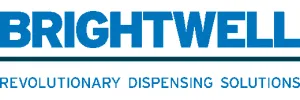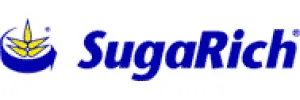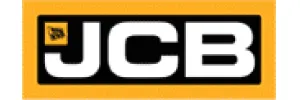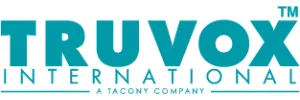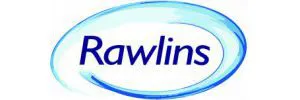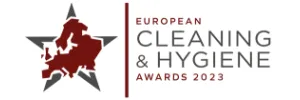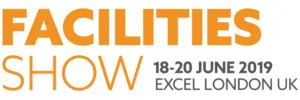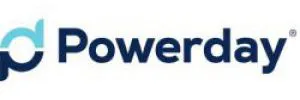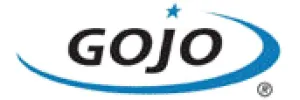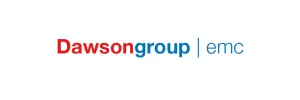News & Insights
Read the latest news from us and our clients across the globe

Posted on 18 March 2016 by adtrak.admin
Back to school
James White of Denis Rawlins Ltd went back to school to teach a science lesson of his own and made a case for taking a science-based approach to cleaning.

I went back to school recently and it was an educational experience. The world of education has changed a lot over the last couple of decades, of course. But I’m sure most students, like me, tend to be better at some subjects and struggle a bit with others.
My interest in science helped shape my career and still influences how I approach my work. For example, when speaking to a client about their cleaning needs, I can’t help but stress the importance of cleaning science and considering not just how clean a floor looks and smells, but whether or not it’s hygienically clean.
This has inspired our company’s strategy, and the science-based approach to cleaning that we champion. Nor is it a coincidence that we launched a campaign to ‘Chop the Mop’. Any cleaning method that returns contaminated cleaning solution to the floor (even if it’s with a microfibre mophead) inevitably spreads soils and microbes and cross-contaminates as it ‘cleans’.
My school visit provided some valuable lessons for me not because the people in this sector don’t understand this basic science. It is true that mopping is still far too widely used in schools and colleges. But we have noticed a growing awareness among premises managers, principals and their cleaning supervisors of the need for hygienic cleaning. The disruption to learning and reputational damage caused by infectious outbreaks seem to have underlined that point.
What the caretaker I met taught me was that sometimes other factors loom larger than the science (or the maths for that matter) in the decision-maker’s calculations.
This school, having bought a low-cost alternative form of scrubber dryer (the AutoVac) and used it for five or six months, invested in two more identical machines.
That first sale may have been down to our scientific argument that mopping is inherently unhygienic compared with a simple cleaning machine that dispenses only clean solution and suctions away dirty water.
But other aspects, apart from the cost-effectiveness of this cleaning method, heavily tilted the equation.
Cleaners were on a tight schedule to get around the school and corridors and the school sports hall in particular consumed a lot of time – sweeping, then mopping, and drying. But properly equipped, the school cleaners could do all three in one operation, as the caretaker put it: “If we’ve given them an hour and they can do it in 20 minutes” leaving the team time to wash walls down, clean tables, glass windows and doors, and perform other cleaning duties.
One of those extra tasks is removing graffiti. Cleaning off fresh graffiti promptly is a high priority for school management.
Based on first-hand experience, there was no need to calculate productivity in terms of square metres per hour or compute costs of ownership (though we do advise those responsible for procurement by contract cleaners, local education authorities and schools to do this). The time savings and productivity gains were self-evident.
The human dimension was another highly persuasive factor. As the machine is simple to operate, the cleaning team were quickly up to speed and motivated by producing high standards of cleaning rapidly.
These cleaners, who were mainly women, had complained of back problems in the past from the continual backwards and forwards action required when mopping, often for a large portion of their shift.
They found the new cleaning equipment surprisingly light and comfortable to operate, by just walking up and down.
Now these are all features of the cleaning system with which my team and I are familiar. After all, we research the technology available and test it, before supplying any equipment or recommending a cleaning technique to a client. We don’t just rely on swabs and lab tests.
Yet it was a useful lesson. When cleaning in a school, or any other building, we shouldn’t skip science, or fail to do our sums, but also need to tick off the other requirements for the client and their staff for a well-rounded cleaning education.
Published in Tomorrow’s Cleaning – March 2016
Experts in Public Relations Services & Communications Management
Our ServicesGenuine industry specialists in cleaning and hygiene, environmental and recycling, and facilities management
Our Sectors
